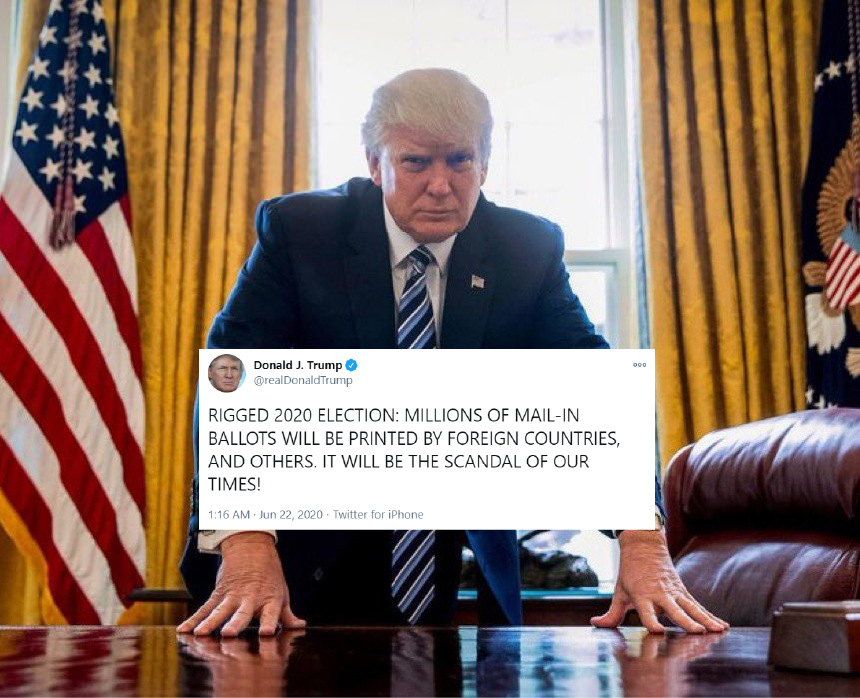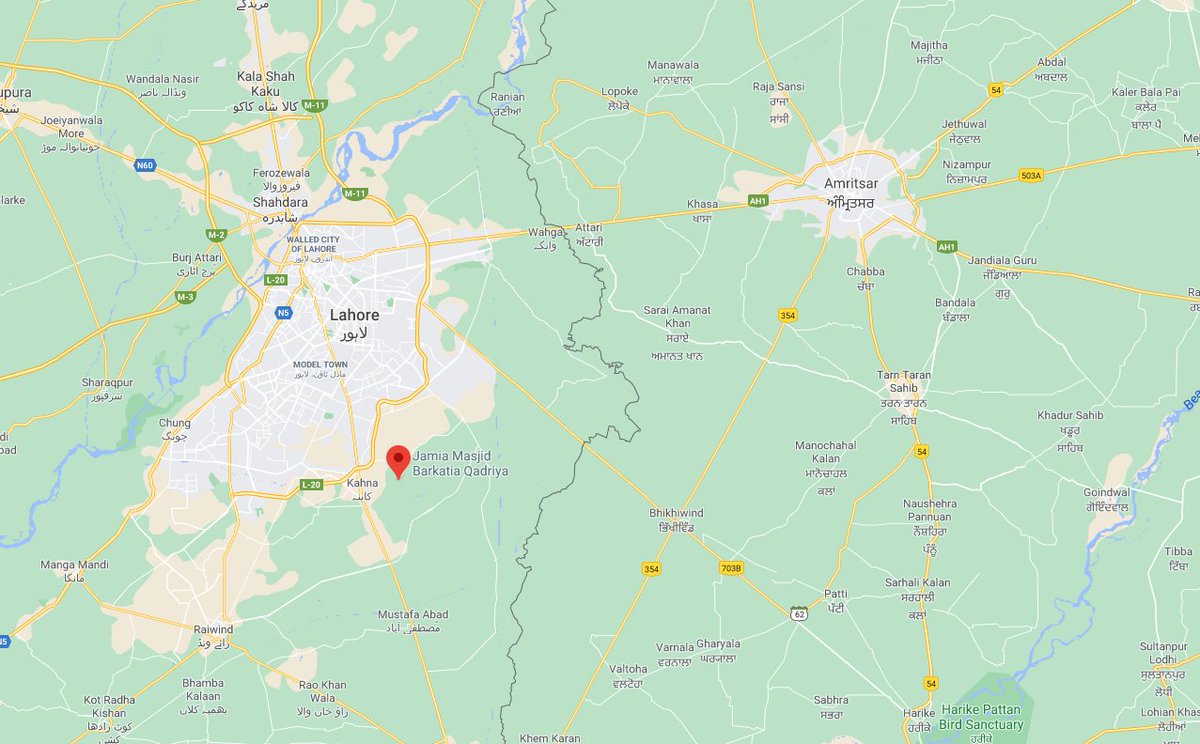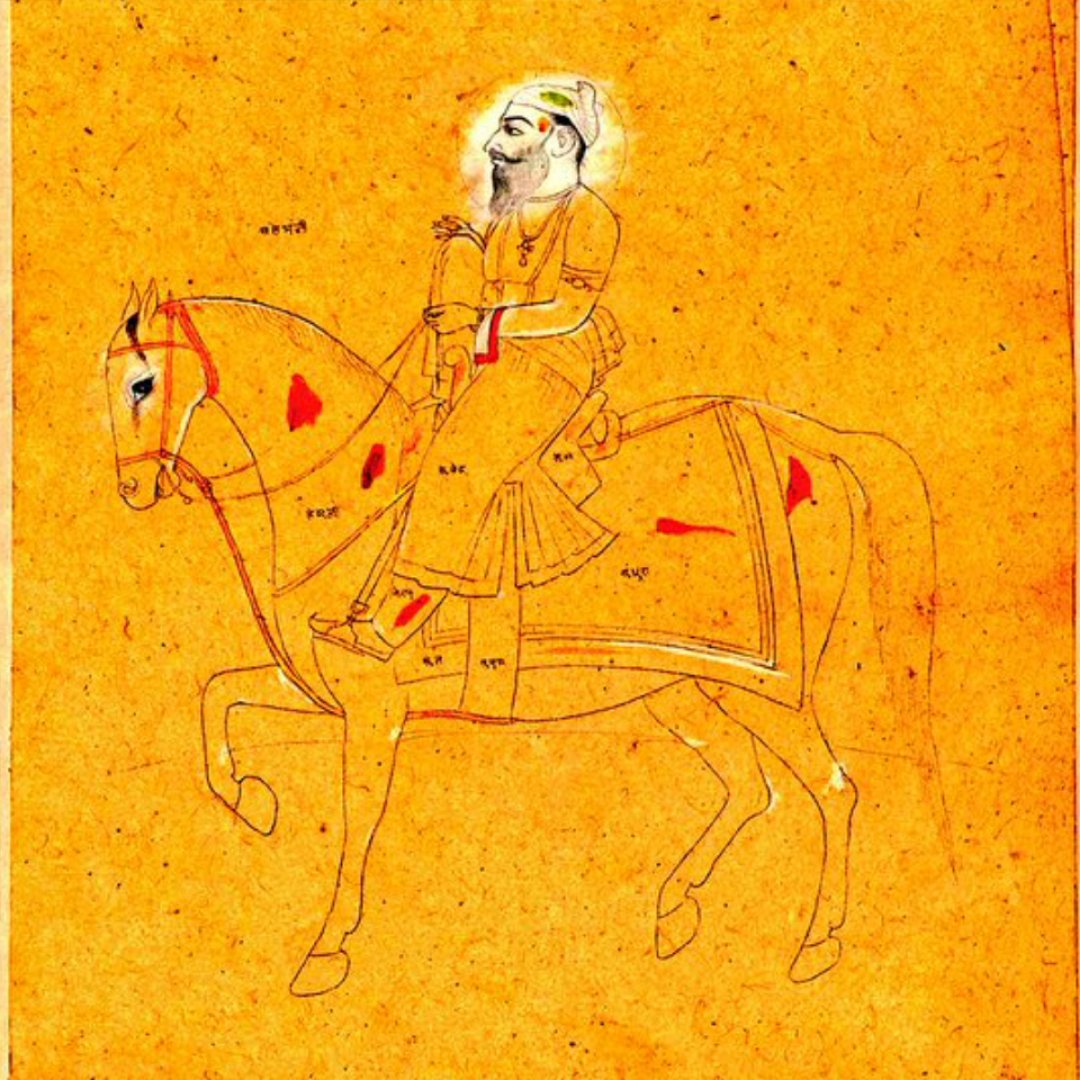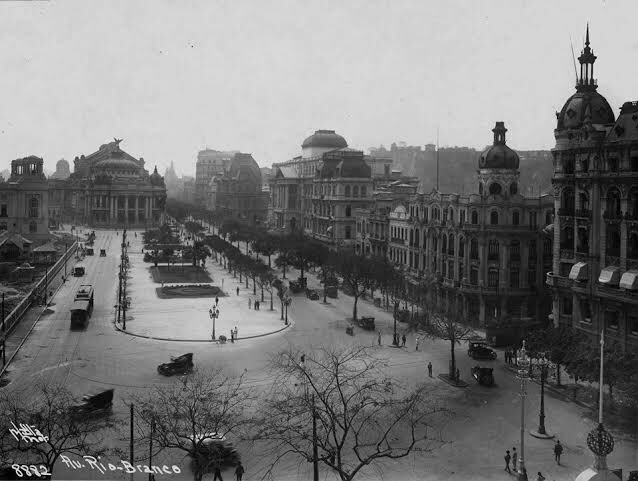The WHO just updated its page on how COVID-19 transmits. Those few sentences on aerosols represent one of the most crucial scientific advances of the pandemic. My NYT piece on the century-long history of the error, the year of delay—and what it means now. https://t.co/B9y2Mf6LC7
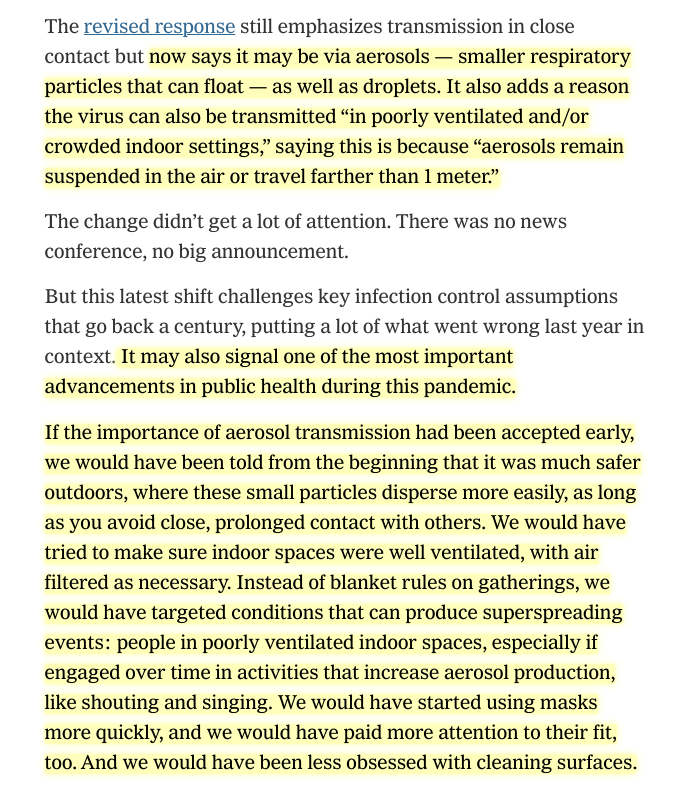

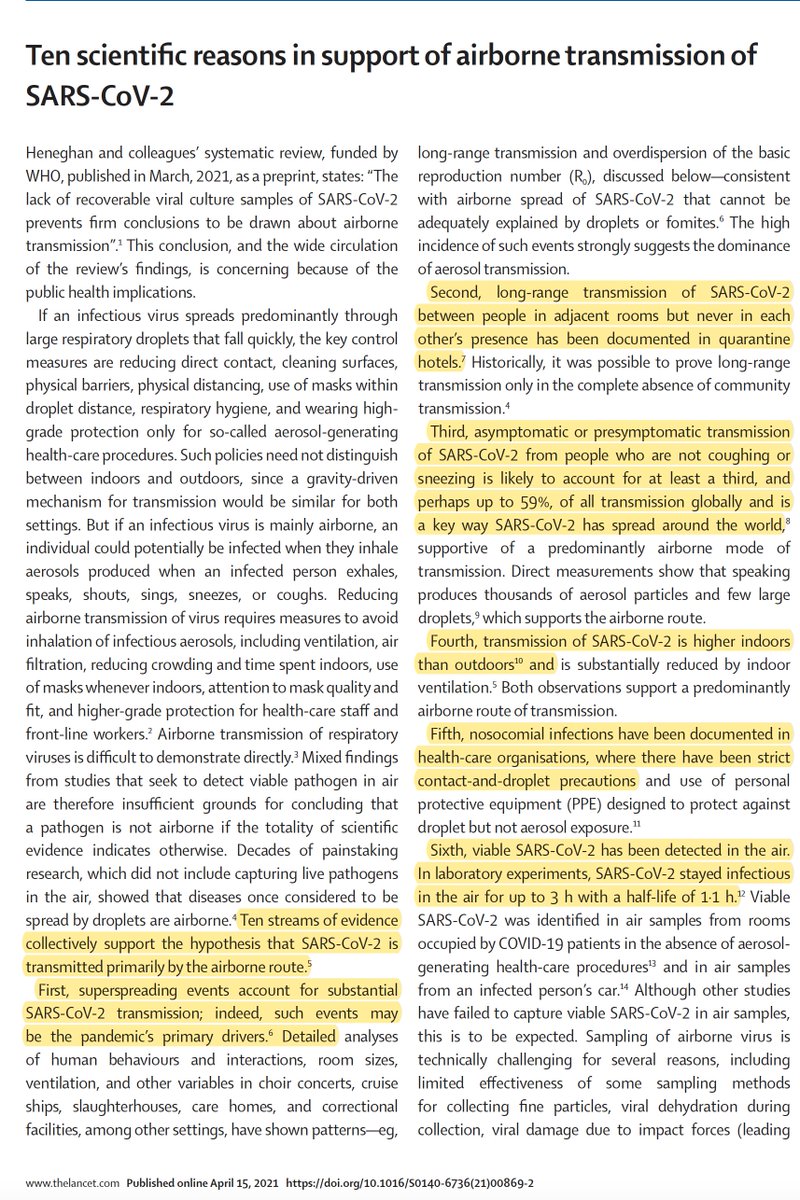

The coronavirus spreads through airborne transmission, particularly indoors, and even beyond six feet, the CDC emphasized on Friday. The new guidance is a change from the agency\u2019s previous position that most infections were through \u201cclose contact.\u201d https://t.co/Iq3BuxKcGE
— The New York Times (@nytimes) May 7, 2021

It's all now called "essays" when you do analyses. Thank you! :-D It was fact-checked within an inch of its life by a team. Pretty much every word is deeply documented. Also I have maybe there times the story, that could easily past similar fact-checking, but already so long!
— zeynep tufekci (@zeynep) May 7, 2021

No shit there's aerosol transmission (in addition to other kinds). Huge leap from there to "outdoors is safe."
— R.W. Apple Jr. Jr. (@bengardnernyc) May 7, 2021
I wonder if we'll repeat that mistake with "poor ventilation" being taken as "not having state-of-the-art HVAC".
— Allan (@AllanRicharz) May 7, 2021
To me, you'd want to have something like schools in Japan (big, airy windows; no central air/heating) rather than a super advanced HVAC system.


